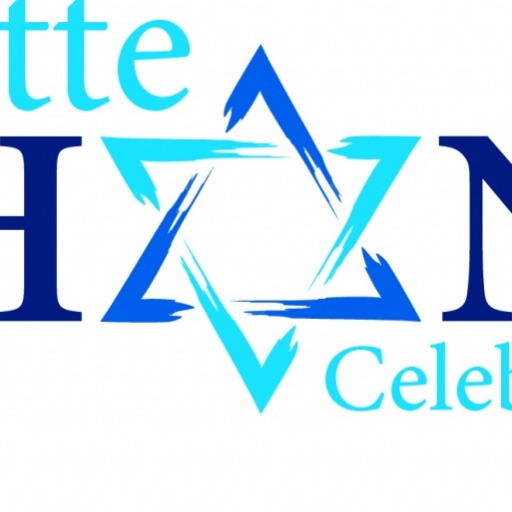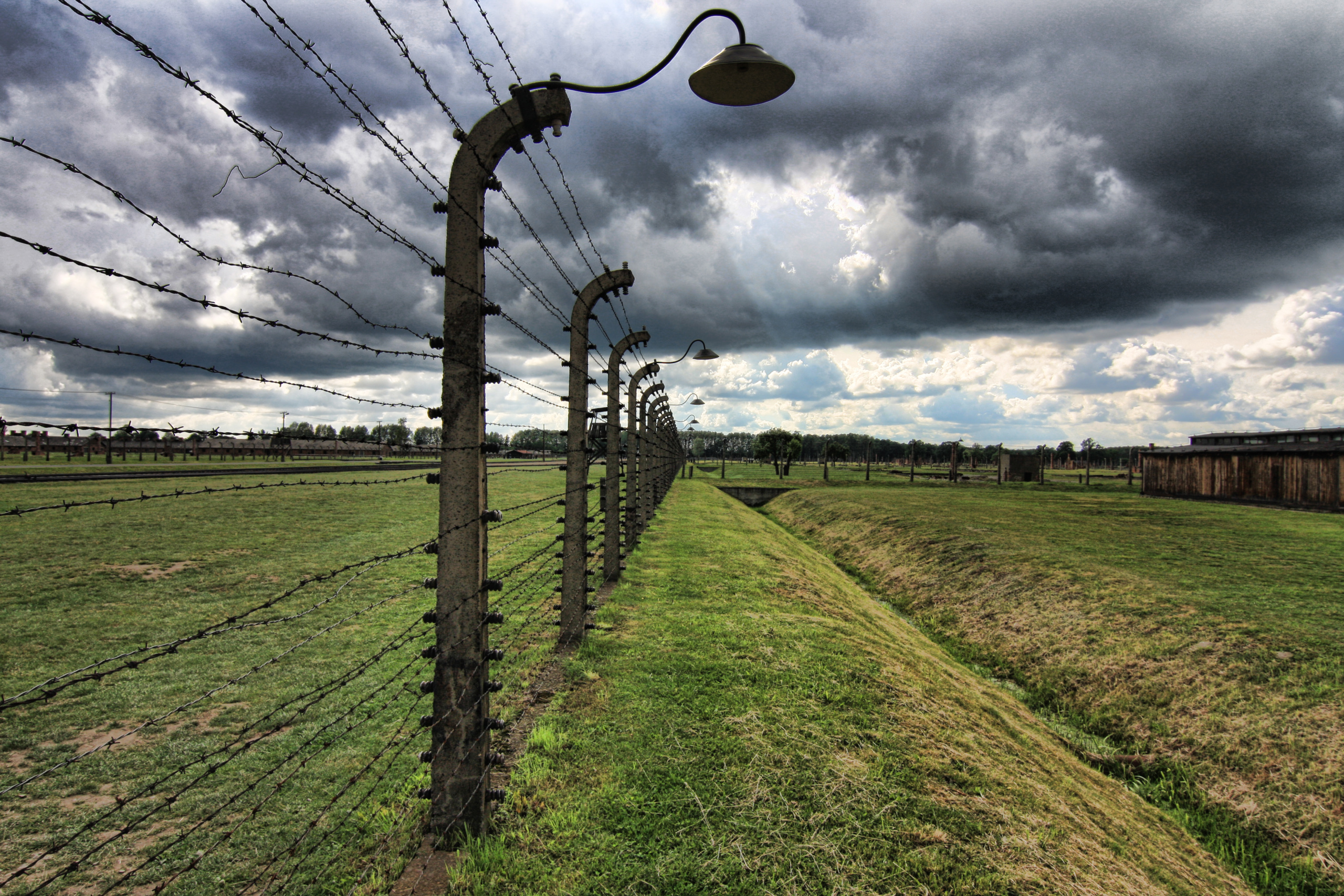By Mary Eshet
Auschwitz was the largest center of human extermination in the history of mankind. As record numbers of visitors explore this historic site in Poland today, a new opportunity has emerged to bring the historical and societal repercussions of Auschwitz to the world. “Seeing Auschwitz” is the world’s first touring photographic exhibit that provides us with the opportunity to bear witness to this history at a local level. The Stan Greenspon Holocaust and Social Justice Education Center at Queens University is proud to host this world-renowned exhibit on its North American debut from Jan. 26 to April 15, 2024, at the VAPA Center in uptown Charlotte.
The largest and most lethal of all of the extermination and concentration camps established by Nazi Germany, Auschwitz was central to the Nazi plan to eradicate all the Jews in Europe, as well as to persecute other victim groups. Between 1940 and 1945, at least 1,100,000 people were killed in Auschwitz through a process of systematic and industrialized mass murder. Boys and girls, women and men, most of them Jewish of different nationalities, were deported there, numbered, dehumanized, humiliated, and murdered. Other groups of victims included Poles, Roma and Sinti, Soviet POWs, and minorities of other backgrounds.
“Seeing Auschwitz” comprises a collection of 100 photographs of the camp that have survived to the present day, with an audio guide that includes testimonies from survivors. The 60 to 75-minute experience consists of images captured by perpetrators, victims, and liberators, which are presented not just as proof of the mass genocide but as a startling glimpse into the human lives lost.
The photographs come from an album discovered by a Holocaust survivor in the aftermath of World War II. The Auschwitz Album contained 193 images documenting the arrival of people at the death camp, and the selection of those to be sent to the gas chambers. The pictures were taken over a three-month period in 1944, when about 400,000 people, almost all Jews, were killed at Auschwitz. In total, 1.1 million people were murdered there.
The photographers, most likely SS men Ernst Hofmann and Bernhard Walter, were open about their role, sometimes standing in an elevated position such as the roof of a train, for better composition and perspective. “There’s nothing clandestine about these images,” said Paul Salmons, chief curator of the exhibit. “What we’re seeing in these images is the gaze of the killer. When we see people arriving or being sorted, what we’re seeing is what they want us to see – an efficient process, something they’re proud of.”
The exhibit came to be as part of the Holocaust and the United Nations Outreach Programme, which was established by United Nations General Assembly Resolution 60/7, with a simple and stark aim: to “mobilize civil society for Holocaust remembrance and education, in order to help to prevent future acts of genocide.” The “Seeing Auschwitz” exhibition was originally developed for the United Nations’ observance of the International Day of Commemoration in 2020 in memory of the victims of the Holocaust.
The “Seeing Auschwitz” exhibit is an original creation by Musealia, a Spanish organization dedicated to exploring powerful stories through exhibitions, in collaboration with the Auschwitz-Birkenau State Museum, the United Nations, and UNESCO. A panel of curators of renowned experts in the history of the camp and education of the Holocaust was brought together to prepare it.
Most recently, the exhibit has been in South Africa. Catherine Boyd, head of education for the Johannesburg Holocaust & Genocide Centre (JHGC), finds the exhibit essential for schools, not only in terms of the historical content but also because of how it leads the visitor to critically analyze the photographs and compare them with other available resources. “‘Seeing Auschwitz’ really is about letting the learners make the connections and come up with their own responses to learning about the Holocaust,” she said.
The Greenspon Center plans to make the exhibit available to all Charlotte area students in grades 7–12 for free. “The exhibit will offer an incredible learning experience for students, and provide an impactful resource for teachers as they fulfill the requirement of the new North Carolina mandate to teach about the Holocaust,” said Judy La Pietra, associate director of the Greenspon Center.
One 13-year-old visitor to the London exhibit spoke of its impact: “Thank you for helping me to discover a part of myself I never knew I had. I leave this space a young educated black woman who wants to change the world into a better place. More people need to be taught about this because it’s a part of us and not knowing is like not knowing yourself.”
The exhibit will ask visitors to make connections between multiple histories and between the past and contemporary human rights, urging visitors to understand the consequences of prejudice, “othering,” and indifference to prevent the recurrence of mass atrocities and genocide in all its forms. An adult visitor said, “It was really the most thought-provoking and movingly simple exhibition I have ever been to. Consisting of ‘no more’ than photographs and a few sketches, it brought home, as no other exhibition on the subject has, the enormity of man’s inhumanity to man and the extraordinary resilience of the human spirit.”
Exhibit hours will be Tuesday, Wednesday, Friday, and Saturday, 10 a.m.- 5 p.m., Thursday, 10 a.m.- 7 p.m., and Sunday 12 p.m.- 5 p.m. from Jan. 26–April 15. Tickets will be available for purchase. The audio guide is free of charge and accessible from your mobile phone. Parking at the VAPA Center is free to the public.


